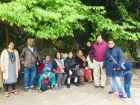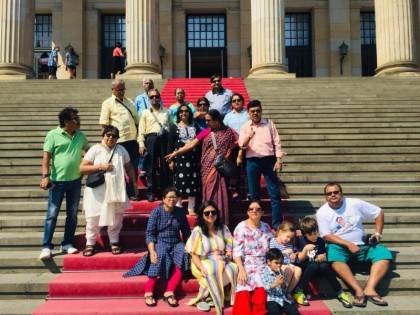Quick Query
EGYPT WITH RED SEA 2025

Duration : 9N / 10D
Tour Highlights:
1. Cairo
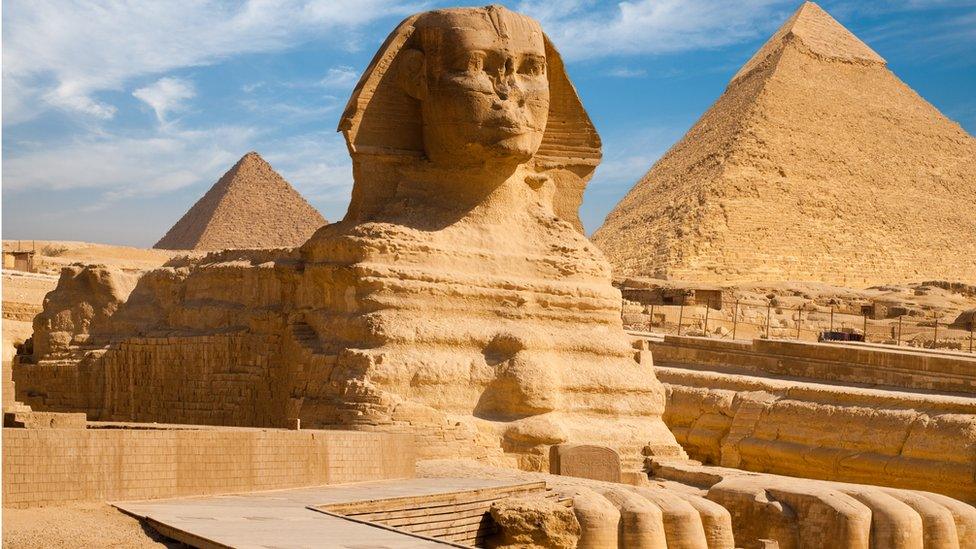
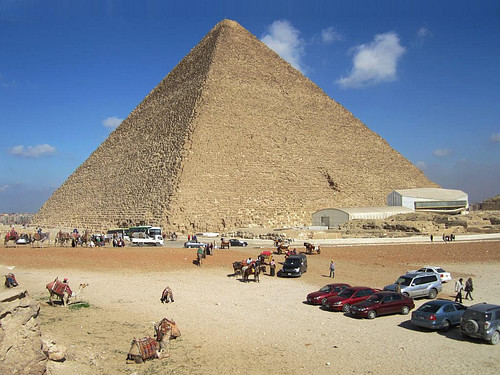
- Sphinx
- Pyramids of Giza
2. Alexandria
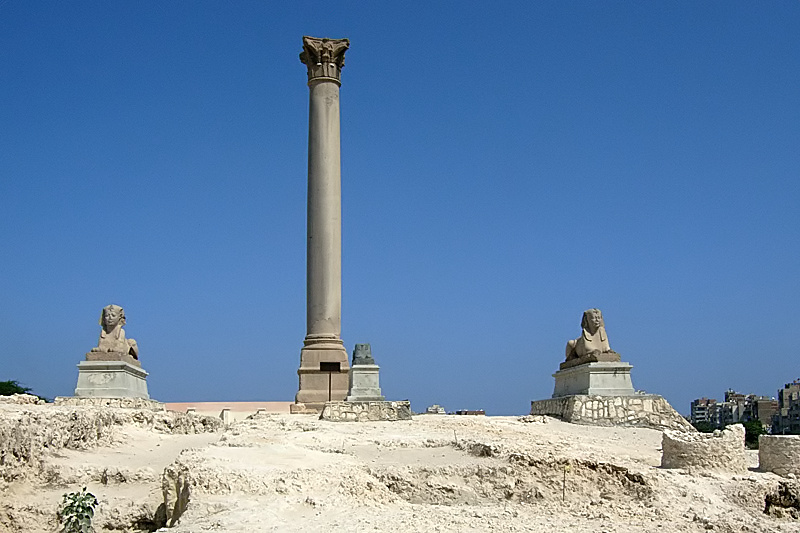
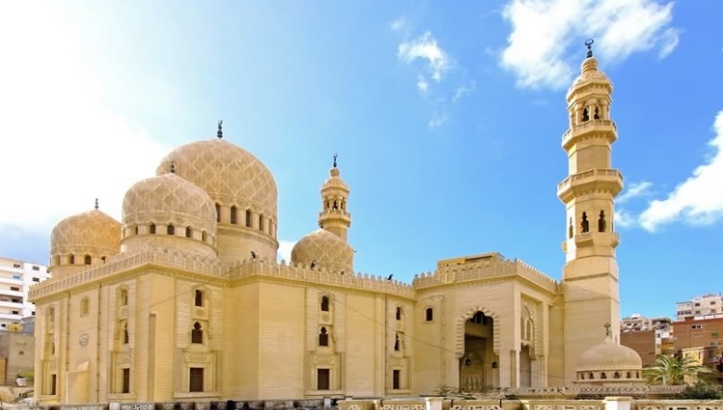
- The Pompey's Pillar
- Mori Abu Al-Abas Mosque
3. Aswan
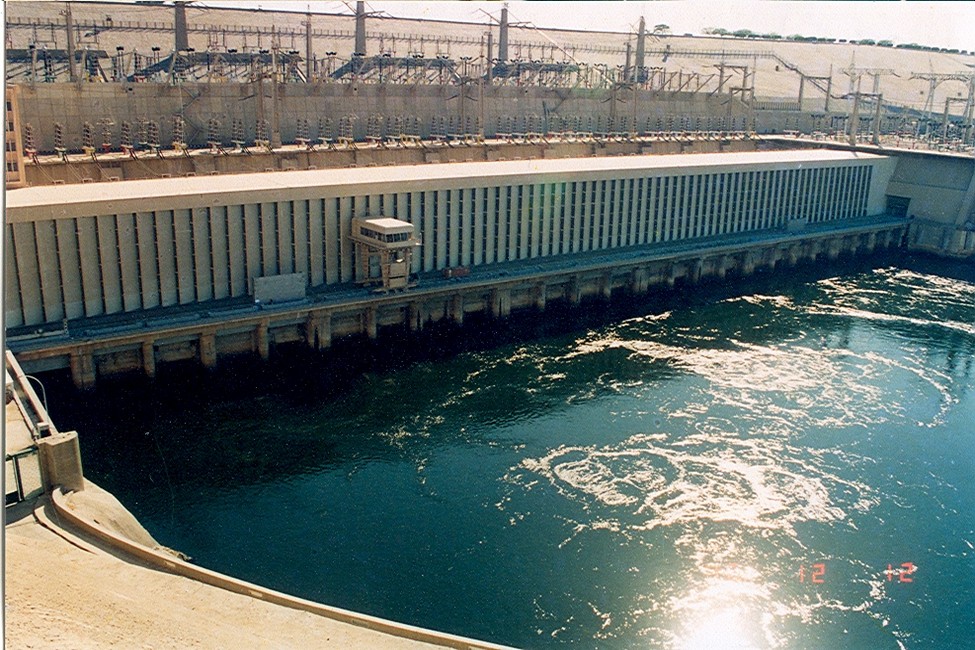
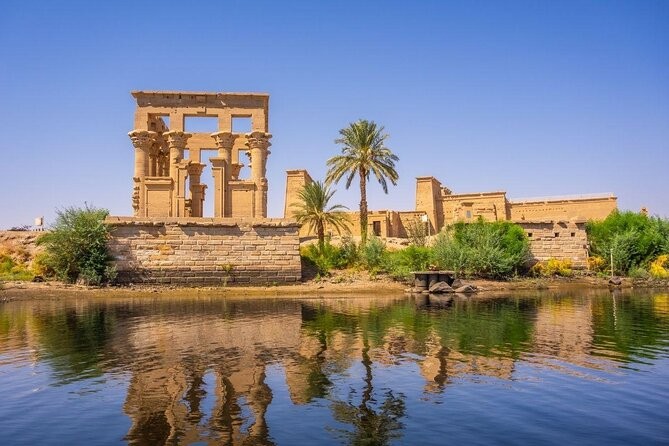
- Aswan high Dam
- Philae Temple
4. Nile Cruise
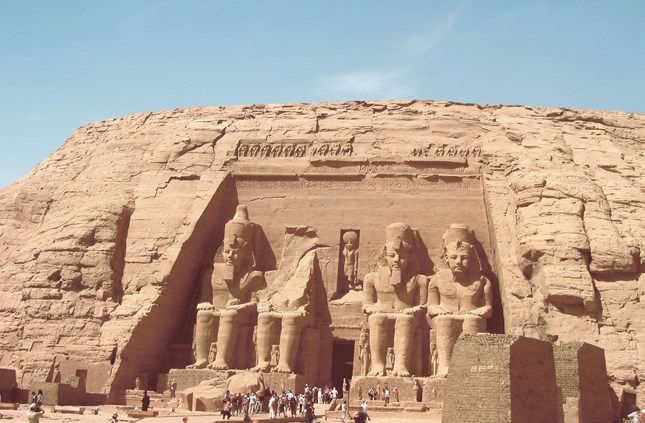
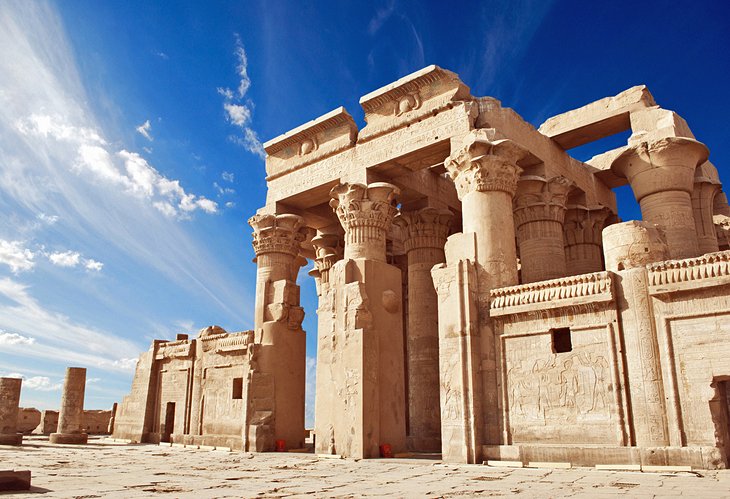
- Abu Simbel Temple
- Temple of Kom Ombo
5. Luxor


- Edfu Temple
- Karnak Temple
6. Hurghada
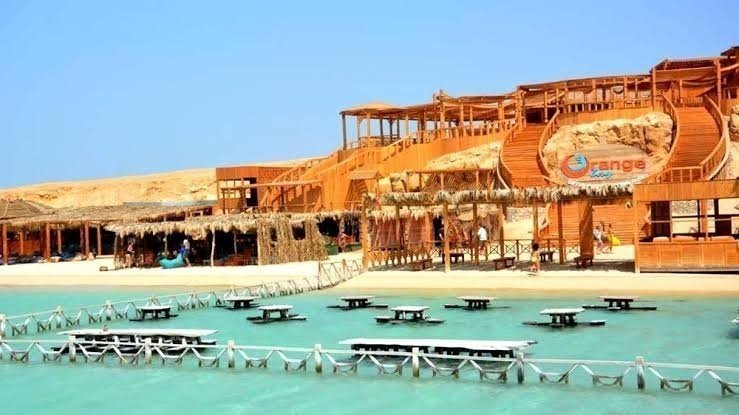

- Orange Bay Island
- Khan Khalili Market
Tour Itinerary :
Day 1 : Arrive in Cairo
Arrive at Cairo international Airport, meet, assist by our representative cum driver. Lunch in Restaurant. Check in to hotel. There after visit Pyramids of Giza and Sphinx. Dinner in Restaurant. Overnight in Cairo.
Day 02 : Cairo – Alexandria
After breakfast, Transfer to Alexandria by road. Visit the Town of Alexandria including The Pompey’s Pillar & The Catacombs of Kom-Shogafa. Take lunch and continue to visit Mori Abu Al-Abas Mosque and Citadel from outside. Return back to Cairo by coach through desert road. Dinner and overnight in Cairo.
Day 03 : Cairo – Aswan by Overnight Train
Breakfast at hotel & check-out. Visit Papyrus Musuem, Perfume factory. After lunch transfer to Cairo Railway station to take evening train to Aswan. Dinner will be served on board. Overnight on train.
Day 04 : Aswan – Nile Cruise
After Breakfast on board & check out. Arrive Aswan railway station with assist by our representative. Visit Aswan High Dam and Philae Temple. Transfer to cruise ship. Lunch onboard. In the evening enjoy Light and Sound show at Philae temple. Dinner & overnight onboard.
Day 05 : Nile Cruise
Take packed breakfast and leave for Abu Simbel, early in the morning. Visit the temple of Abu Simbel and return to the cruise ship before lunch. Sail to Kom Ombo. Visit the temple of Kom Ombo at evening. Sail to Edfu. Dinner and overnight onboard.
Day 06: Nile Cruise
After tea & coffee, visit Edfu Temple early in the morning by horse cart. Return to ship for breakfast onboard. Sail to Esna pass, the Esna Lock & sail to Luxor. Visit the Karnak & Luxor Temples. Dinner & overnight onboard.
Day 07: Nile Cruise – Luxor – Hurghada
Take breakfast and check-out from the cruise. Visit the valley of Kings, most important tombs including the tomb of Tutankh Amun. Upon completion, take lunch and enjoy a scenic ride to Hurghada. Dinner and overnight in Hurghada.
Day 08: Hurghada
Free day to enjoy the luxury resort life in Hurghada. Take breakfast, lunch and dinner in the hotel.Explore the several activities available in the hotel or you can opt for an optional trip to Orange Bay Island and Giftun Island in a chartered yacht. Overnight in Hurghada.
Day 09 : Hurghada – Cairo
Transfer to Cairo after dinner. Lunch on the way. Visit Khan Khalili Market upon arrival. Dinner and overnight in Cairo.
Day 10 : End of Tour
Leave for airport to catch flight.
For more details of booking procedure and Terms & Condition, please visit our office or contact with our tour advisor.






